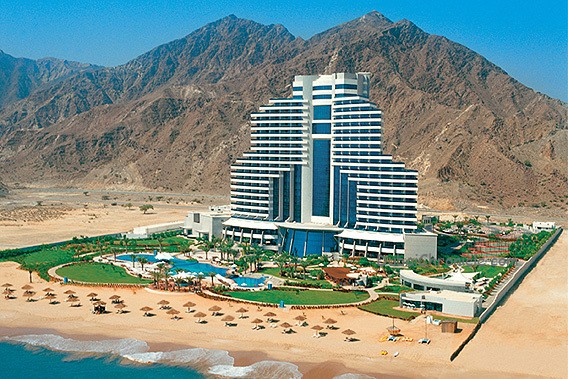The oil exporting countries of the Middle East and North Africa are expected to see economic growth accelerate in 2012 to 6.6 percent. The International Monetary Fund announced on Tuesday that this is mainly because of a strong rebound of activity in Libya. The forecast was triggered by a rare boost in the IMF’s semi-annual World Economic outlook report after it slashed its expectations for global growth.
The Fund had predicted growth of 4.8 percent across the oil producing economies of the Middle East and Africa in its previous semi-annual report in April, while growth in 2011 was 3.9 percent.
Nevertheless, the IMF expects that 2012 GDP in Iran, which is facing international sanctions over its nuclear programme, would drop 0.9 percent to cause the first economic shrinking of the country since 1994. In April, it had projected growth of 0.4 percent. The IMF revealed that for most oil exporters, non-oil GDP growth is projected to continue to flourish in 2012. The reason for that would be the support of ratcheted-up government spending as oil prices retain their unprecedentedly high levels, while oil-sector growth is expected to moderate somewhat after a strong increase in 2011.
It attributed the upgrade of its forecasts for the oil exporting grouping mainly to growing economic activity in Libya since 2011. The IMF mentioned Sudan among oil importers in its latest report just after the separation of South Sudan in 2011. The Fund had included Sudan among the oil exporters in its review from April.
It commented that near-term risks are mainly triggered by oil prices and global growth. The IMF added that government expenditures have increased so much for oil exporters that major declines in the price of oil could affect negatively fiscal positions.
The Fund also revealed that despite considerable accrued financial buffers, such declines could put at risk ongoing infrastructure investment and growth. Nevertheless, geopolitical risks, such as those related to Iran, could result in higher oil prices. According to the IMF, it will be crucial for oil exporters to curb increases in spending on privileges that are hard to reverse. The Fund emphasized that it should be a priority to take advantage of high oil prices to diversify economies away from hydrocarbons. Crude prices have been having a hard time this year, dropping to lows of around $88 per barrel in June from a March peak above $128. They reached around $110 this week. However, the IMF slashed its 2012 expectations for growth among the oil importers of the region to 1.2 percent from 2.2 percent in April. This was triggered by the fact that countries from Morocco to Jordan have to deal with social unrest, economic weakness in Europe and high oil prices.
According to the IMF, the group’s GDP increased 1.4 percent in inflation-adjusted terms in 2011. Syria is not included because of the civil war. The IMF upgraded its forecast for 2012 growth in Egypt, which was affected negatively by economic distress since the popular uprising last year, to 2.0 percent from 1.5 percent projected in April. Nevertheless, this year’s growth forecasts for Morocco, which is suffering from drought and the crisis in the European Union, declined. The Fund now projects 2012 growth of 2.9 percent, compared with an April forecast of 3.7 percent.
According to the IMF, the biggest concern with fluctuations in commodity prices is not their effect on inflation and disposable income, but rather the strain on budgets and foreign exchange reserves. The reason for that are the extensive food and fuel subsidies in most economies. The Fund added that structural fiscal reforms targeted at appointing government spending toward poverty reduction and the promotion of productive investment will be of great significance for improving the budget outlook.





































